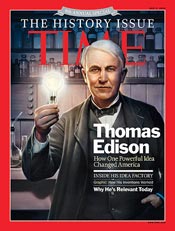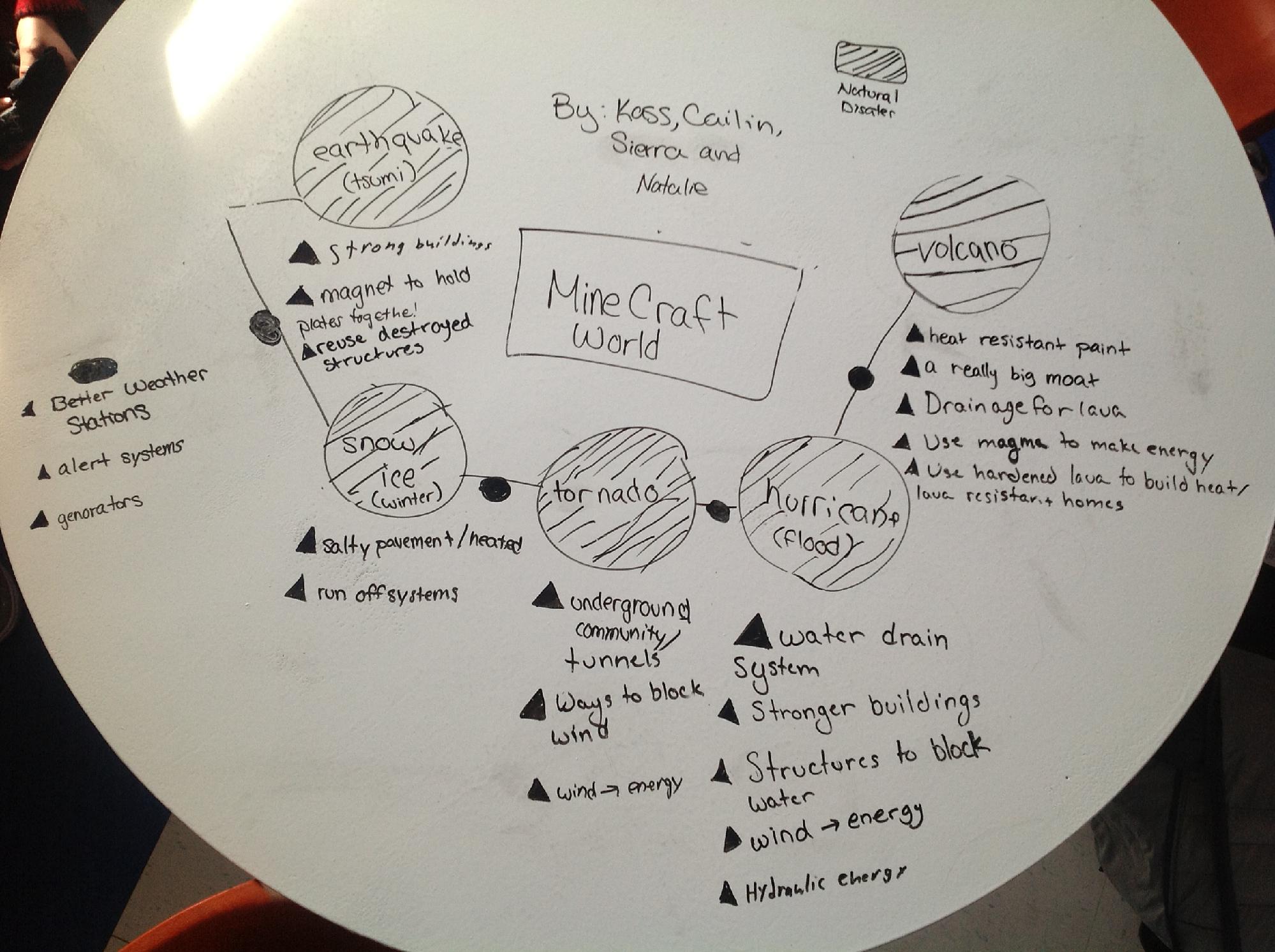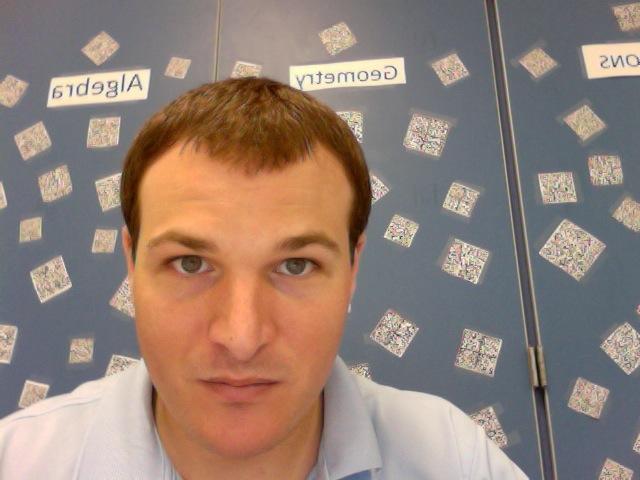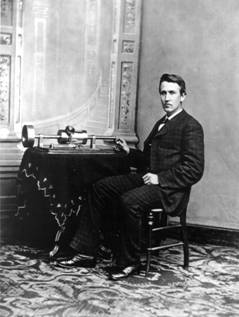Thomas Edison’s most iconic invention was the incandescent bulb, in use since the 1880s. Today, LEDs, are entering the world at an unprecedented pace. In fact, you are likely reading this article from an LED-lit screen either on a LCD monitor, smartphone or tablet.
Most of the current LEDs on the market emit visible light (blue, green, yellow, red) and white light. However, a more recent LED can emit ultraviolet, or UV light, that has the potential to revolutionize the water purification industry.
The use of UV light for water purification dates back to 1916 in the U.S. UV light is effective in disrupting DNA of micro-organisms, preventing them from functioning and reproducing. Today, UV light is widely utilized in municipal wastewater treatment, the beverage industry and in family-size water treatment applications. Compared to traditional chemical purification, UV purification is a fast and purely physical process, which does not leave any taint, chemical or residues in the treated water.
However, nearly all the sources of UV light derive from mercury lamps- a vapor gas discharge lamp. Such lamps are fragile, bulky and toxic, not to mention the high working voltage that could be hazardous to users. On the other hand, UV LED lights are durable, operate at low-voltage, and do not contain toxic materials. The most notable difference between the UV LED and UV mercury lamp is their size. The size of a UV LED chip is hundreds of times smaller than a typical UV mercury lamp, opening up new avenues for portable water purification applications.
US troops and outdoor enthusiasts still heavily rely on chemical tablets to purify individual drinking water. It takes the tablets several hours to purify a gallon of water and the tablets leave a terrible taste in the water. Nausea, diarrhea and headache have also been reported from those who are sensitive to the residual chemicals. With reliable and compact UV LEDs, Ipod-size water purifiers can be designed to replace the chemical tablets and avoid any bad taste and side effects. Meanwhile the UV LED will work much faster, and can purify gallons of water in just several minutes. Travelers will benefit from UV LEDs too, as they can go farther off-road with reliable water purification.
The major obstacle for UV LED entry into the market is lower efficiency compared to the UV mercury lamp. Fortunately, the situation could change rapidly, as many leading universities and research institutions begin to heavily invest in UV LED research. Low-power UV LED is already for sale today, mainly used for scientific research. In the near future, high-power or practical UV LED will be offered, thus allowing life-saving water purification technologies to become more affordable and ubiquitous.
Xiaohang ‘X’ Li
Graduate Student
Georgia Institute of Technology
xquva.com@xiaohangxli
linkedin.com/xiaohangxli
Editor’s Deep Dive
 “I find out what the world needs. Then I go ahead and try to invent it.”
“I find out what the world needs. Then I go ahead and try to invent it.”
Time ® is a registered trademark of Time Inc.







